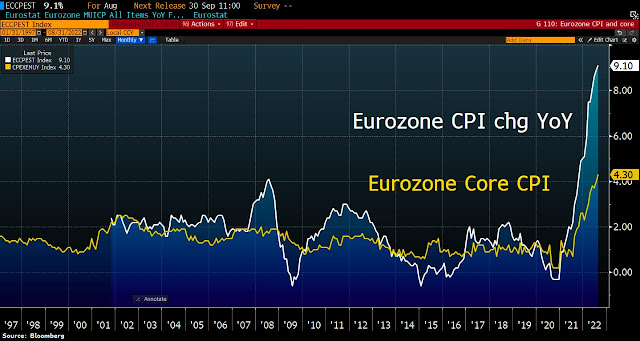Many investors are in dilemma to understand that the current slowdown of the EU and US economies is completely different and will have a marginal impact on emerging economies like India. Further Rupee deprecation is being taken in a setback manner keeping history in mind but this time the rupee depreciation will play a big advantage for the Indian economy.
The investors are not able to get
clear that this slowdown of developed economies is very much different when
compared to the historic slowdown impacting emerging economies. We don’t rule
out that emerging economies like India will not have any impact from this
slowdown but the depth of the impact will much mild as compared to
history. Currently developed economies are working out
on governmental subsidies, the ordinary people's daily lives don't
see a major change, but in the long term, the high debts and the weakening
national strength will eventually impact the people's livelihoods in the
continent. This is going to be a broader problem going ahead.
In another way, it is found
that emerging economies like India will benefit from the slowdown. In the
coming months, India’s exports will grow and currency depreciation will big boon
for Indian corporate. The current slowdown of the EU and US economy is a different picture altogether where manufacturing is getting halted due to high
energy costs not due to financial crisis. But as the demand remains in place the
cost of manufacturing becomes less feasible and hence import becomes a wise
decision. This is the grey place where Indian manufacturing and its exports
will grow. For example, as
manufacturers in Germany face energy bills of up to 10 times more than what
they paid two years ago, one in five engineering firms saw the risk of
relocating at least some of their business overseas, a survey by the German union
IG Metall showed last month.
Coming back to the global market opportunities for India well, more importantly, this problem of the energy crisis is not short-lived and will continue for a longer time frame for the developing nations. The energy crisis will not disappear so easily and moreover, this winter is not going to be the last winter for the energy crisis. Further many manufacturing bases will shift out from the EU and will move to India in the coming days. In major EU economies, purchasing energy from the US with extremely high prices is a situation forced by the geopolitical crisis but this does not solve the manufacturing industries' high cost of operations reducing margins and further corporate profits. High labor and other costs in Germany have been driving many companies to relocate parts or all of their business to cheaper locations in emerging economies.
Most importantly in the coming Q4 and Q1 results of developing nations will be very poor due to these high energy cost-driven manufacturing halts which will bring down their markets in the coming Quarters. This will further divert a significant amount of inflows into emerging markets where returns are much better when compared to EU markets.
The sharp depreciation of the Indian rupee
followed by developed nations' slowdown and huge market potential for Indian
markets leads to a shift of manufacturing base to India. Cost competitiveness
plays the dice and clear winner in India only. The depreciating rupee
not only helps export but also will transform the manufacturing of India
since the opportunity for buyers is here not in the EU or in the US. This is
a major area that has been left unidentified.
At the same time, many investors
are thinking that the international crude prices are rising above $100 levels and may breach $110 before October ends might be a major problem for Indian
inflation. Well, India is buying crude from Russia at much-discounted prices
hence the impact of higher international crude prices is negligible for the
Indian market.
Indian economy and its exports will find significant growth due to the ongoing high energy cost-driven slowdown in coming quarters till the energy crisis is resolved in developing nations.
.jpg)
























.jpg)
















